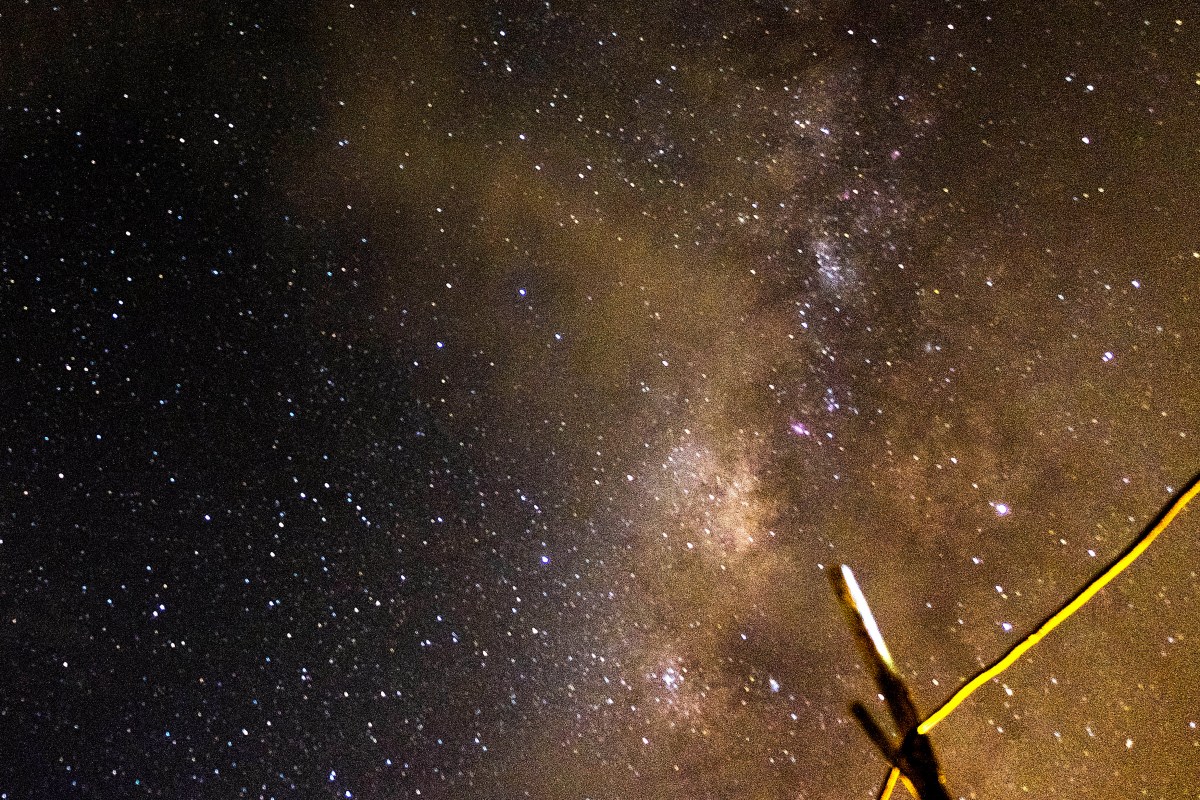The European Space Agency released a batch of data from the Gaia satellite on Thursday. The data encompasses 1.7 billion stars including incredible detail on almost every speck of light, reports Smithsonian.
The data includes stars as far as 8,000 light years away, and it is 100 times more accurate than the data the ESA released in 2016. Gaia surveyed the sky for 22 months to gather this new dataset. The catalog is now available to professionals and amateur astronomers, and includes data on the positions and brightness for 1.7 billion stars and the motion of 1.3 billion stars, as well as surface temperature for over 100 million stars and the effect of interstellar dust on 87 million stars. According to the ESA, researchers were able to plot the orbits of 75 groups of stars held together by gravity within our galaxy, and 12 dwarf galaxies orbiting the Milky Way.
It took 450 human scientists and software engineers to analyze the raw satellite data and produce 3-D star charts, asteroid orbits and other images, according to Smithsonian. The data has already led to new breakthroughs. Antonella Vallenari, one of the lead scientists on the project, said the results seem to support a hypothesis that the Milky Way was once hit with material from another galaxy, creating ripples evidenced by stars that move in ways different than expected.
Thanks for reading InsideHook. Sign up for our daily newsletter and be in the know.


















